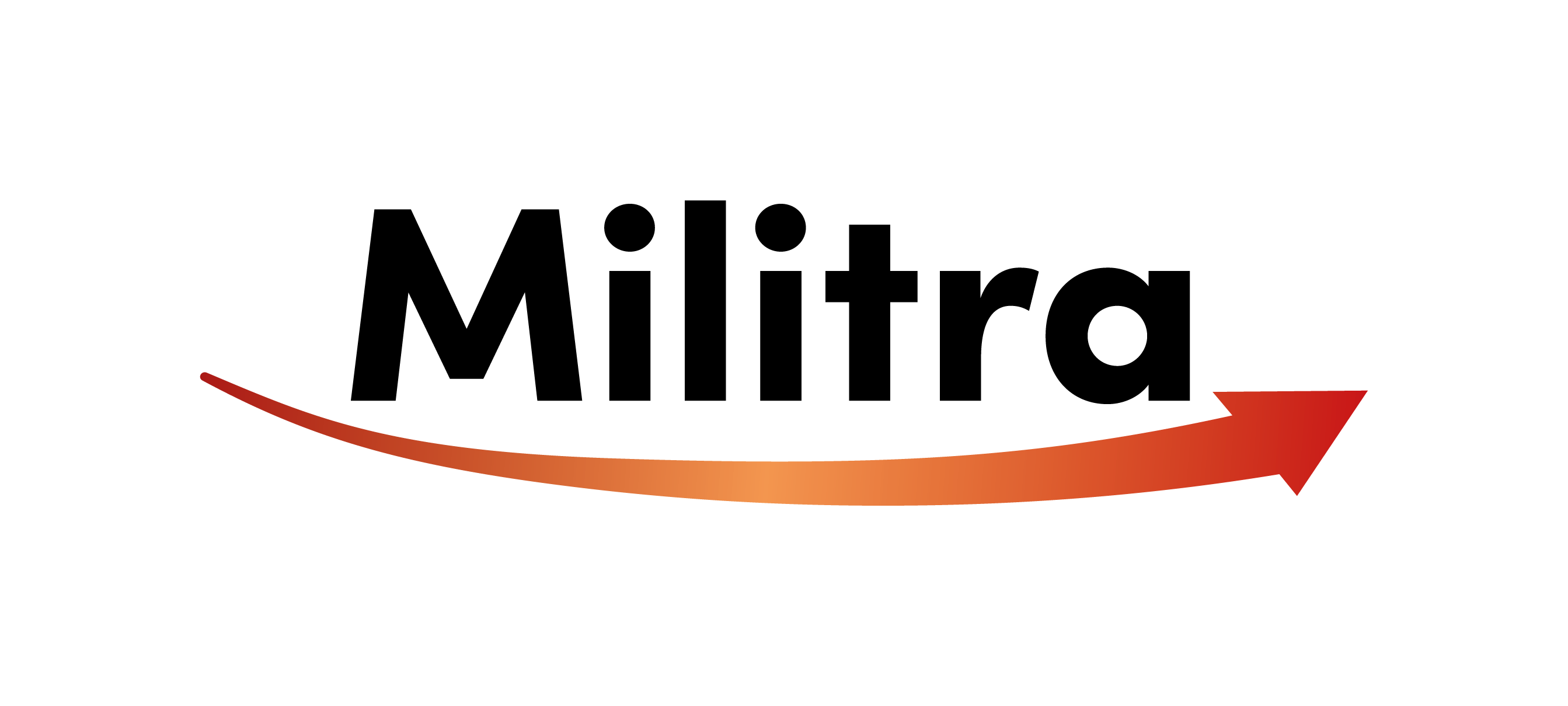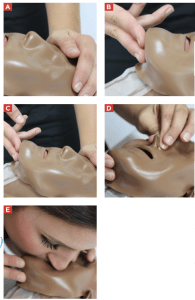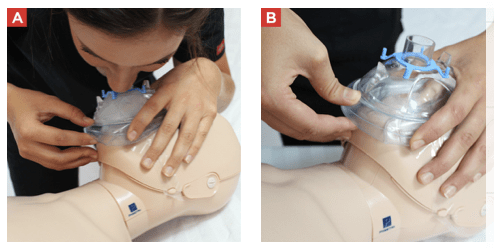Adult CPR
ADULT CPR
CPR is comprised of chest compressions, airway management, and rescue breathing. To deliver high-quality CPR, you must begin high-quality chest compressions quickly, as these are considered the most important factor in giving the person a chance to recover. Compressing the chest circulates blood to the brain and the heart. High-quality chest compressions are delivered at a rate between 100 to 120 beats per minute and at a depth between 5 to 6 cm.
When the person is unresponsive and is not breathing or only gasping for air, provide CPR.
Updates recommend for adults in out-of-hospital cardiac arrest, that untrained lay rescuers should provide chest compression only CPR with or without dispatcher assistance. For lay rescuers trained in chest compression only CPR, it is recommended that they provide chest compression only CPR for adults in CPR. For lay rescuers trained in CPR using chest compressions and ventilation, rescue breaths, it is reasonable to provide ventilation, rescue breaths, and chest compressions for the adult in.
For adult CPR, do the following:
Make sure the scene and area around the person is safe.
Tap the person and talk loudly: “Are you okay?”
Yell for help. Use a cellphone to call 112 and send a bystander to get an AED.
Check the person’s breathing.
If the person is not responding, breathing, or only gasping, start CPR.
Give 30 compressions at a rate of 100 to 120 beats per minute and at a depth between 5 to 6 cm. Let the chest rise back up before you start your next compression.
Open the airway and give two breaths.
Continue giving compressions and breaths until the AED arrives, until advanced help arrives and
assumes care, or until the person begins to respond.
COMPRESSIONS
Chest compressions have the greatest impact for survival. Many rescuers fail to push hard or fast enough. High-quality chest compressions have the greatest chance to save a life.
Chest compressions should always be given at a rate of 100 to 120 beats per minute and at a depth between 5 to 6 cm. Compressing the chest slower than 100 beats per minute is less likely to provide enough circulation to the brain, heart, and other vital organs, while compressing faster than 120 beats per minute does not provide enough time for the heart to fill between each compression, which will reduce output as well. Similarly, pressing the chest deeper than 6 cm increases the risk of injuring the person, while not pressing deep enough will not squeeze the heart enough to provide adequate blood flow.
CPR always begins with compressions before administering breaths. Rescuers who are uncomfortable performing mouth-to-mouth and do not have a mask may perform hands-only CPR and give compressions at a rate of 100 to 120 beats per minute and at a depth between 5 to 6 cm.
For chest compressions, do the following:
Position the person on their back on a firm, flat surface.
Remove or open up clothing at the neck and chest area.
Feel for the end of the breastbone (sternum). (Figure a)
Place the heel of one hand on the lower half of the breastbone. Avoid pressing down on the very end of the breastbone as the bony tip, called the xiphoid process, may break off and slash the liver, resulting in internal bleeding. Put the other hand on top of the first. (Figure b)
Press straight down at a rate of 100 to 120 beats per minute and at a depth between 5 to 6 cm. (Figure c)
Let the chest recoil completely between compressions. Your hands should remain in contact with the person, without bouncing or leaning on the person.
Performing proper CPR is often tiring. Ask to switch positions when tired if another rescuer is
available to help. Monitor each other’s performance, providing encouragement and offering to switch
when fatigue sets in.
GIVING BREATHS
Giving breaths during CPR can help maintain a supply of
oxygen in the lungs. Oxygen, in turn, is circulated to the brain
and to the vital organs by chest compressions.
The preferred method is to use a mask; however, mouth-to-mouth
can also be performed. A correctly executed breath will
cause the person’s chest to rise.
Open the person’s airway, do the following:
- Put one hand on their forehead (Figure a).
- Place your fingers on the bony part of their chin (Figure b).
- Gently tilt the head back while lifting the chin (Figure c).
Now you are ready to give breaths.
Do the following:
- Hold the person’s airway open as described above and pinch their nose shut (Figure 15d).
- Take a deep breath and seal your mouth around the person’s mouth (Figure 15e).
- Blow into their mouth for one second and watch their chest rise.
- Repeat with a second breath.
If the chest does not rise, reposition the airway. Let their head go back to a normal position and repeat the head-tilt/chin-lift maneuver. Then give another breath and look for the chest to rise.
Perform the chest compressions without interruption. It should take no longer than 10 seconds to give two breaths. If the person’s chest fails to rise within 10 seconds, begin chest compressions again.
If the chest does not rise, reposition the airway. Let their head go back to a normal position and repeat the head-tilt/chin-lift maneuver. Then give another breath and look for the chest to rise.
Perform the chest compressions without interruption. It should take no longer than 10 seconds to give two breaths. If the person’s chest fails to rise within 10 seconds, begin chest compressions again.
MASK USE
CPR, including giving breaths, is generally safe. If a mask is available, it should be used. The mask fits over the victim’s
mouth and nose. Most masks
have a pointed end, which should go over
the bridge of the person’s nose.
When using a mask to give breaths,
do the following:
- Place the mask over the person’s mouth and nose (Figure a).
- Open their airway by performing the head-tilt/ chin-lift maneuver.
- Ensure a good seal between the mask and the person’s face.
- Give a breath for over one second and watch the chest rise. (Figure b)
- Deliver the second breath.
- https://youtu.be/MBQrSvKQ-DI





